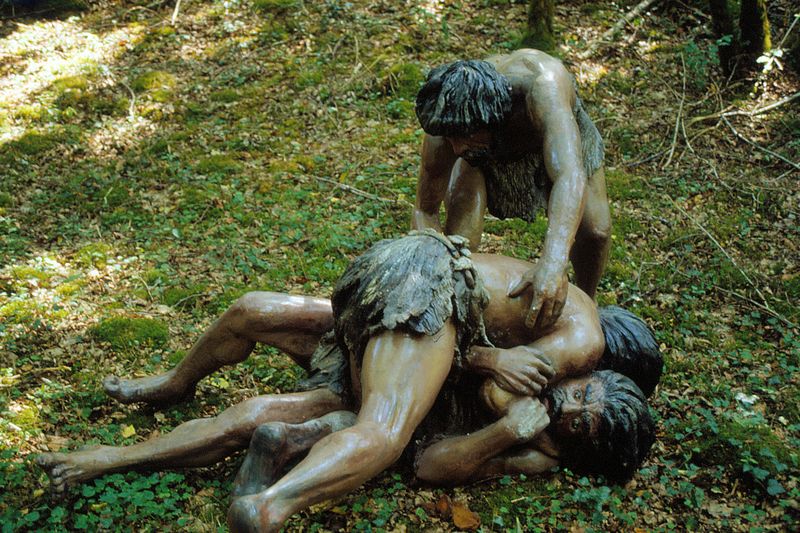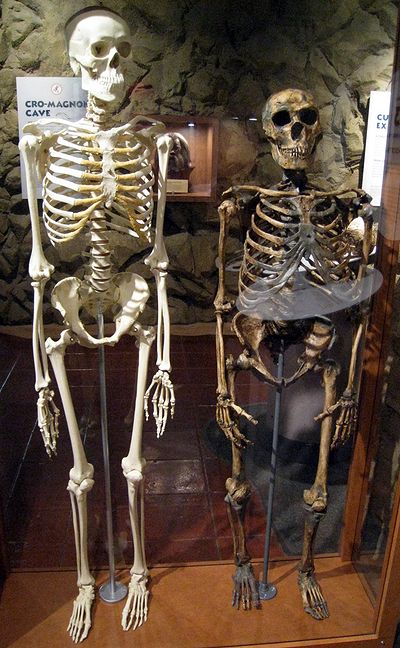
Comparison of Modern Human and Neanderthal Skeletons
(San Diego Museum of Man)
|
Go to Essential Fossils index. Go to site main page. Open Fossils Glossary, Charts. |
Content created 2010-10-05 File last modified: Go back to H. heidelbergensis. Go ahead to >Denisovans. |

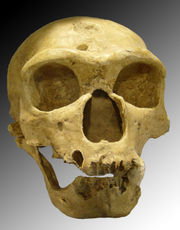
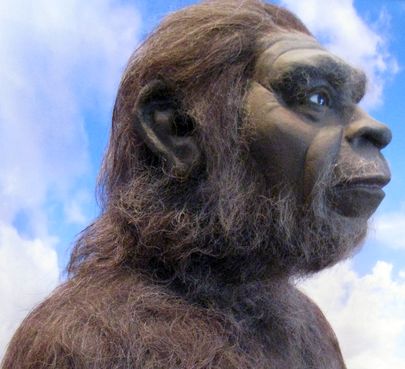
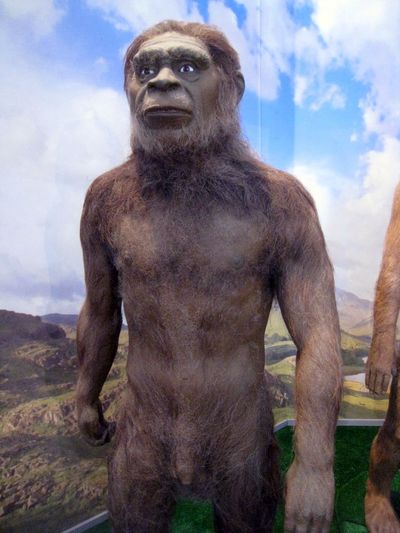
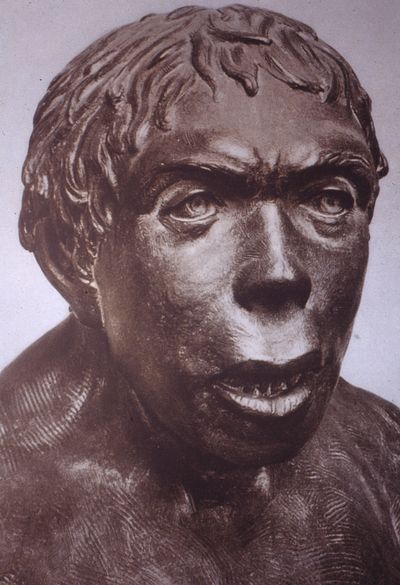
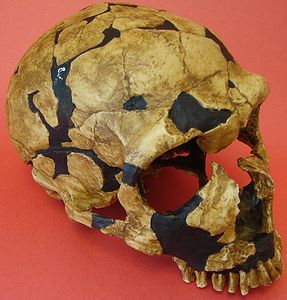
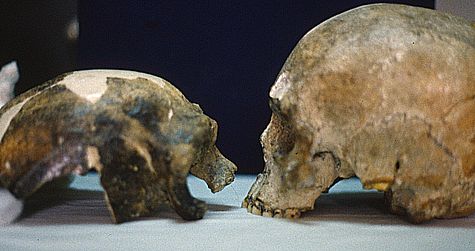
Left: Neanderthal-like (but non-Neanderthal) Mǎbà Man (马坝人). Right: Cro-Magnon-like (but non-Cro-Magnon) Tiányuán Man (田园洞人), aka Liǔjiāng Man 柳江洞人. Most Chinese fossils have still not been definitively accommodated by typologies developed on the basis of contemporary specimens in Africa and Europe.
